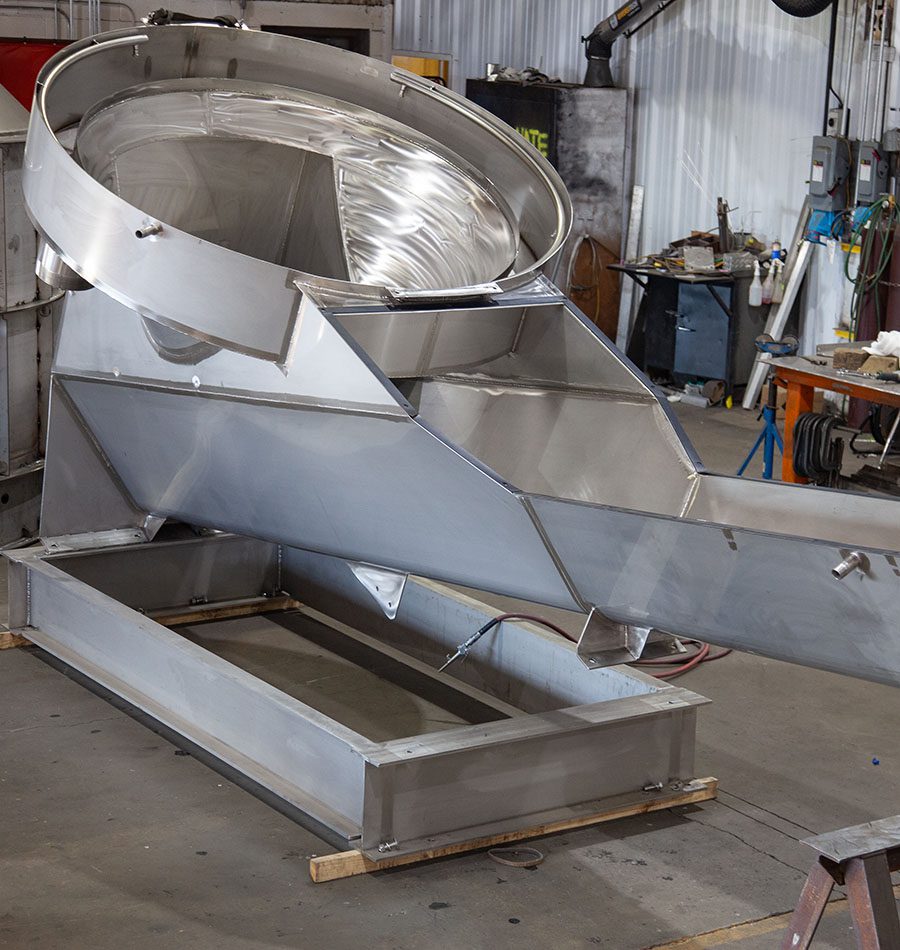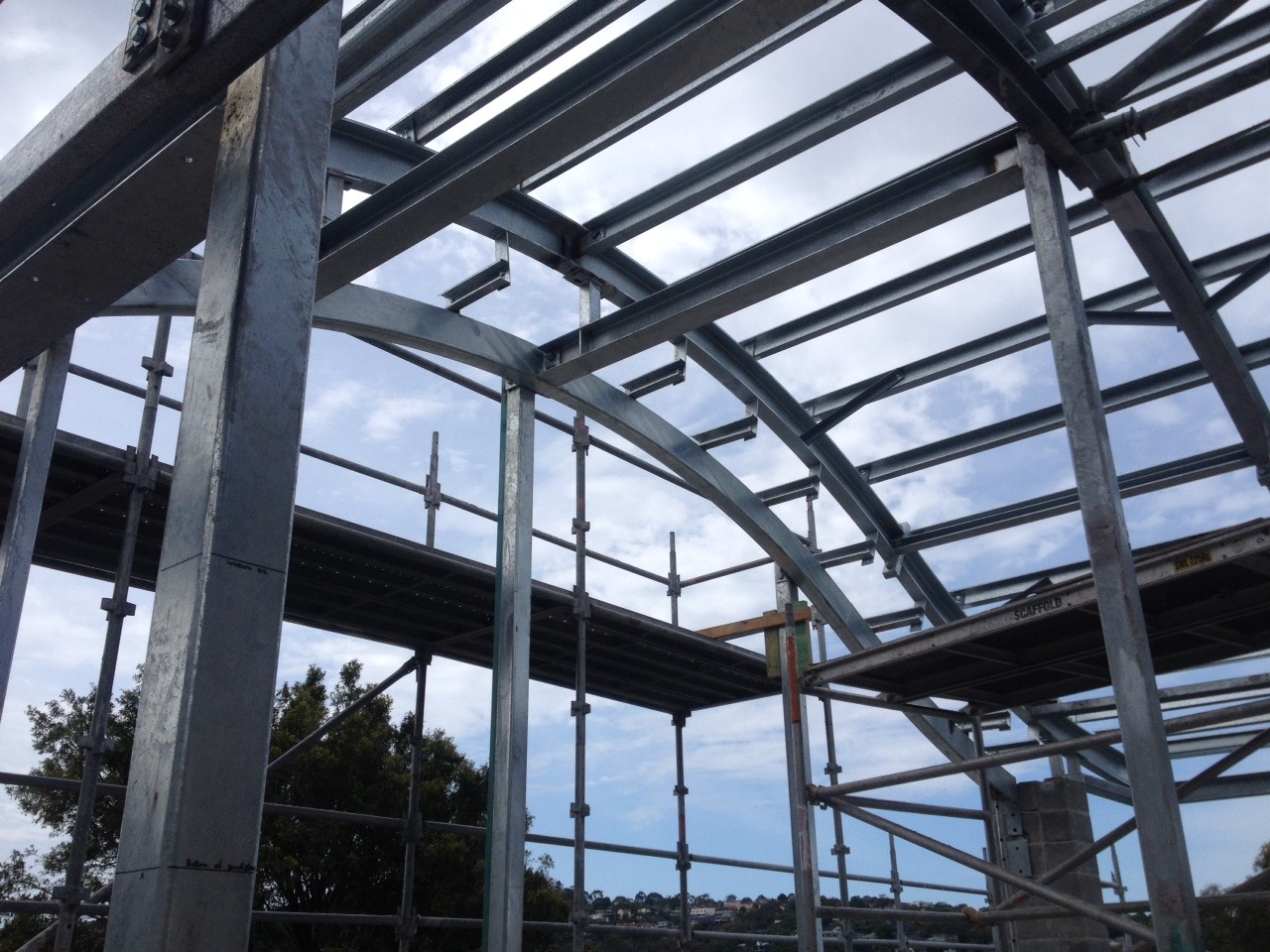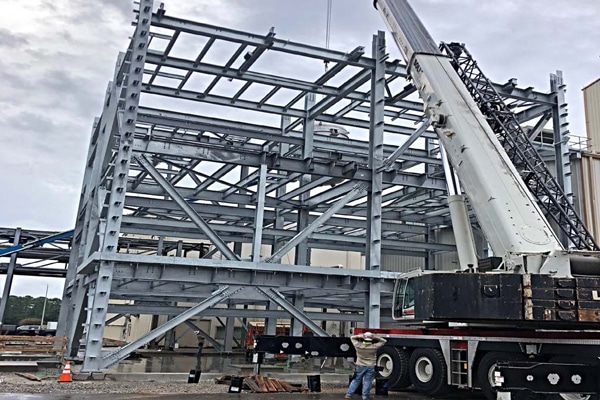Metal Fabrication Melbourne: Accuracy Engineering for All Demands
Metal Fabrication Melbourne: Accuracy Engineering for All Demands
Blog Article
Innovative Trends in Steel Fabrication: Enhancing Sturdiness and Precision
In the realm of steel manufacture, the quest of resilience and accuracy has actually caused a wave of ingenious trends that are improving the industry. From advancements in welding technologies to the combination of robotic automation in manufacture procedures, the landscape of steel production is progressing rapidly. High-strength alloy development, coupled with the application of 3D modeling and simulation software program, is pushing the limits of what is achievable in terms of architectural stability and precision. The growing emphasis on sustainable methods in steel manufacturing is not only driving effectiveness but also fostering an extra eco aware technique to construction. These fads are not simply shaping the existing yet additionally preparing for the future of steel manufacture, assuring more enhancements in durability and precision.
Advanced Welding Technologies
In the world of steel manufacture, the fostering of sophisticated welding modern technologies has significantly changed the market's method to accomplishing superior top quality and precision in architectural welds. Advanced welding innovations, such as laser light beam welding and rubbing mix welding, have actually become game-changers in the area. Laser beam welding uses a concentrated laser light beam to join metal elements with exceptional precision and rate, making it suitable for detailed designs and thin products. On the other hand, friction mix welding develops incredibly strong bonds by mechanically intermixing the molecules of the materials at the joint, eliminating the need for thawing the metal. These innovations use various benefits, consisting of reduced heat-affected areas, very little distortion, and improved mechanical properties in the bonded joints. By leveraging these innovative welding methods, steel makers can boost the durability, toughness, and accuracy of their architectural welds, fulfilling the significantly requiring demands of modern-day building projects.
Robotic Automation in Fabrication
Accepting robotic automation has actually ended up being a keystone of modern steel manufacture techniques, enhancing and streamlining processes efficiency throughout the industry. Robots are changing the way steel components are manufactured, offering unparalleled accuracy and rate while lowering human mistake. These automated systems can take care of repetitive tasks with consistent precision, bring about greater top quality output.
One key advantage of robot automation in steel construction is the capability to function around the clock without tiredness, substantially enhancing manufacturing output. This continual operation decreases downtime and speeds up task timelines, eventually saving prices for suppliers. Furthermore, robotics can be set to do complex tasks that might be unsafe or difficult for human employees, boosting safety and security in the office.
Additionally, robotic automation enables smooth combination with various other digital innovations, such as computer-aided layout (CAD) software application and Internet of Points (IoT) systems (Alpha reo). This interconnected technique enhances communication in between various stages of construction, optimizing process and making certain real-time surveillance and control. As the steel manufacture industry continues to advance, robotic automation stands out as a transformative force driving efficiency and accuracy in making processes

High-Strength Alloy Advancement
The advancement of high-strength alloy development in steel fabrication useful content is reshaping the useful reference sector's technique to boosting product sturdiness and efficiency. High-strength alloys are engineered to exhibit exceptional mechanical properties, such as increased tensile strength, durability, and corrosion resistance compared to standard steel grades. By integrating these sophisticated alloys into construction processes, makers can generate components that stand up to greater stress levels and rough settings, leading to more trustworthy and sturdy output.
One key benefit of high-strength alloy advancement is the capability to reduce material density without endangering structural honesty. This not just causes lighter-weight components yet also adds to cost savings and boosted efficiency in manufacture and assembly processes. The boosted strength-to-weight proportion of these alloys enables for the layout and building and construction of structures with greater load-bearing capabilities while decreasing total weight.
3D Modeling and Simulation Software
Developments in steel fabrication procedures have actually been considerably driven by the integration of innovative 3D modeling and simulation software program devices. These tools enable makers to create thorough virtual versions of their jobs, allowing them to visualize the end product with accuracy prior to any type of physical work begins. By mimicing numerous tension elements, environmental problems, and structural loads, fabricators can optimize layouts for boosted longevity and efficiency. Additionally, 3D modeling and simulation software application improve the production procedure by identifying prospective issues at an early stage, minimizing the demand for expensive rework and reducing material waste.

Sustainable Practices in Steel Manufacturing
Integrating lasting methods right into steel manufacturing processes is important for minimizing ecological impact and guaranteeing long-term resource accessibility. One crucial lasting method is the adoption of energy-efficient innovations to lower greenhouse gas discharges throughout the steel production process. This consists of making use of renewable resource resources, such as solar or wind power, to power steel plants and executing energy-efficient tools to maximize power usage.
One more essential facet of sustainable steel production is the accountable sourcing of basic materials. This entails ensuring that the iron ore and various other resources used in steelmaking are obtained from honest and eco-friendly resources. By promoting transparency in the supply chain and adhering to rigorous ecological standards, steel suppliers can lessen the unfavorable effects of source extraction on regional ecosystems and areas.

Final Thought
In conclusion, the innovative fads in steel construction such as advanced welding technologies, robot automation, high-strength alloy advancement, 3D modeling and simulation software, and lasting methods are boosting the sturdiness and accuracy of steel products. These developments are revolutionizing the steel manufacture industry by boosting top quality, effectiveness, and sustainability. It is clear that the future of steel manufacture hinges on welcoming these advanced innovations to fulfill the needs of modern construction and manufacturing sectors.
In the world of steel manufacture, the quest of toughness and precision has led to a wave of cutting-edge trends that are reshaping the industry.In the world of steel manufacture, the adoption of innovative welding technologies has dramatically revolutionized the sector's method to accomplishing superior quality and accuracy in structural welds. As the steel manufacture market continues to advance, robot automation stands out as a transformative pressure driving efficiency and accuracy in manufacturing procedures.
Furthermore, recycling and reusing steel scrap and waste products play a significant duty in boosting the sustainability of steel production. steel fabricators melbourne.In conclusion, the cutting-edge trends in steel fabrication such as sophisticated welding innovations, robot automation, high-strength alloy growth, 3D modeling and simulation software program, and lasting techniques are boosting the longevity and accuracy of steel items
Report this page